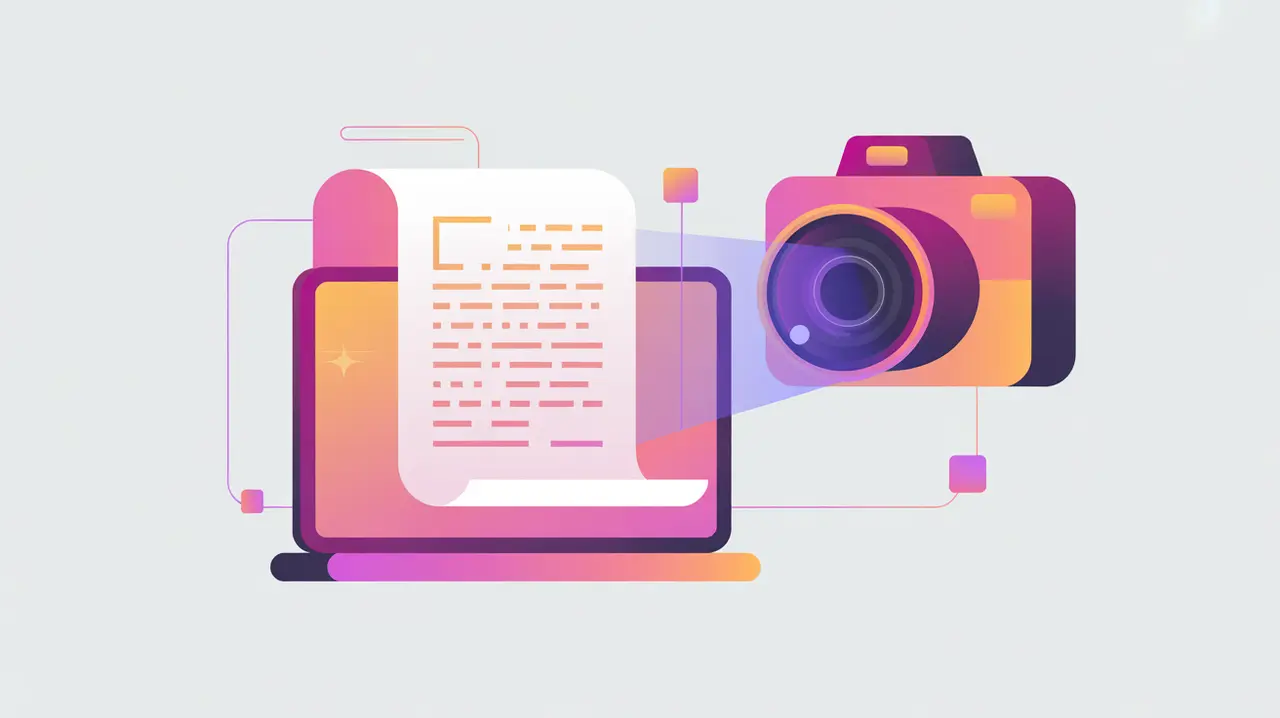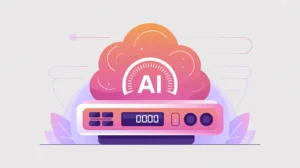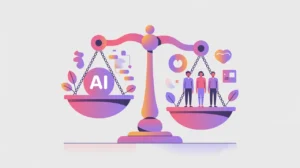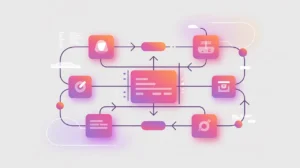Importance of Optical Character Recognition (OCR)
Optical Character Recognition (OCR) is the technology that converts printed or handwritten text in images and documents into machine-readable text. Its importance today lies in how it bridges the gap between analog and digital information, making paper records, scanned forms, and visual documents accessible to AI systems. Advances in computer vision and deep learning have significantly improved OCR accuracy, allowing it to handle diverse fonts, layouts, and even imperfect scans.
For social innovation and international development, OCR matters because many organizations still rely heavily on physical documents, handwritten records, and non-digital archives. OCR provides a pathway to digitize this information, making it easier to analyze, share, and integrate into broader systems that support transparency and accountability.
Definition and Key Features
OCR works by analyzing an image, detecting regions that contain text, and converting those shapes into characters using pattern recognition. Early OCR systems relied on template matching, where characters were compared to stored examples. Modern systems use convolutional neural networks and sequence models, which allow greater flexibility in recognizing varied writing styles, fonts, and languages.
It is not the same as document scanning, which produces an image but does not make the text searchable or editable. Nor is it limited to digitizing books. OCR today supports handwriting recognition, form processing, and multilingual applications, broadening its role in modern AI-enabled workflows.
How this Works in Practice
In practice, OCR begins with image preprocessing, such as adjusting brightness, contrast, or orientation to improve readability. Text detection algorithms then locate areas of interest, and recognition models classify the shapes into characters or words. Post-processing techniques, such as language models, are applied to correct errors and improve coherence.
Challenges include handling poor-quality scans, complex layouts with tables or images, and scripts with cursive or stylized writing. Progress in deep learning has mitigated many of these issues, and integration with natural language processing now allows OCR outputs to feed directly into translation, summarization, or analytics pipelines.
Implications for Social Innovators
OCR plays a vital role in mission-driven work. Health programs use it to digitize handwritten patient records, improving continuity of care. Education initiatives apply it to convert textbooks into digital formats for accessible reading apps. Humanitarian organizations use OCR to process identity documents quickly during emergencies, enabling faster service delivery. Civil society groups digitize contracts, budgets, and policy documents to increase accountability and transparency.
OCR unlocks the knowledge trapped in physical records, enabling organizations to transform static documents into dynamic resources for analysis and action.







